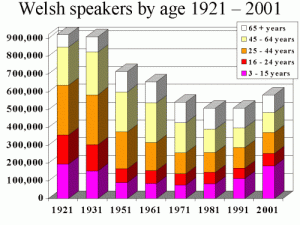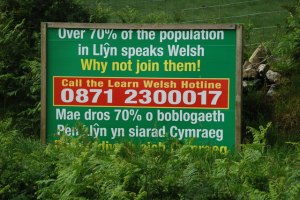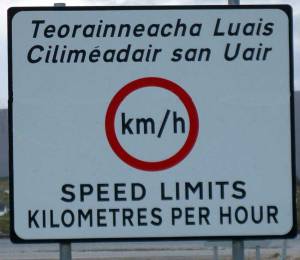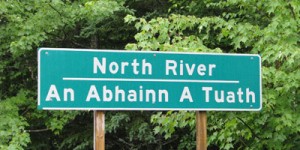Wales has a population of only about three million. Out of these, about 500-600,000 people speak Welsh. Of course, nearly all of these people can speak English as well.

As about 20% of the population of Wales speaks the language, Welsh is actually in a very healthy state. There are large numbers of young people learning the language and the number of speakers of Welsh is generally on the increase, particularly in the large towns and cities. One cause for concern, however, is the fact that the number of Welsh speakers in the countryside seems to be dropping.

The Welsh Nationalist political party and the Welsh language society have worked hard to improve the status of Welsh and now Welsh is recognized as an official language. There are many Welsh-medium schools and television programs in Welsh so there are many support-systems for people who want to learn Welsh.

There are about 2,000 Japanese people living in Wales and a number of them have become well-known as very good speakers and writers of Welsh.

Irish Gaelic has also enjoyed an increase among young speakers in the big towns and cities. About 130,000 people speak Irish Gaelic although large numbers claim to use the language occasionally. There are also about 30,000 Irish Gaelic speakers in the United States, 7,500 in Canada, and about 2,000 in Australia.

The Irish brought Gaelic to Scotland through migration to the west of Scotland starting around the fourth century AD. Most speakers of Scots Gaelic are in the western islands of Scotland. About 60,000 Scottish people speak Scots Gaelic. There are also more than 2,000 Scots Gaelic speakers in Canada.

Many people in the world use one or two Scottish Gaelic words on a regular basis because of the popularity of Scotch whisky. Whisky from the western island of Islay, for example, uses Gaelic in its marketing.

Many whisky drinkers worldwide know the Gaelic word for “Cheers.”
